
In March, a total of 234 dangerous products were added to the European Union’s Safety Gate. Apparently, some of the market surveillance authorities took a few home office days over Easter, as more than 300 critical products were reported in the previous months.
Cosmetics again accounted for the largest share in April with 23.1%, followed by toys with 22.6% and electrical appliances and accessories (including communication and multimedia devices, lighting and fairy lights) with 15.8%.
In April, 43.6% of the rejected products came from China, 18.8% were sold online. More than one in three products (36.8%) must be recalled by the responsible manufacturers, importers or distributors from end consumers.
The most eagerly reporting countries were Germany (37 reports), the Czech Republic and Sweden (35 reports each). The safety portal, formerly known as RAPEX, is used to exchange information on potentially dangerous products between the market surveillance authorities of the EU member states. Based on this information, the authorities can take appropriate measures and, if necessary, initiate additional checks or investigations.
Products that do not comply with standards can have devastating consequences for companies. In addition to the obvious financial burdens, manufacturers, importers and retailers may suffer long-term damage to their image. According to a study by Allianz, recalls of electrical goods or toys can cause costs of between €650,000 and €1,000,000. Import bans can cause costs of €50,000 to €100,000 even for medium-sized deliveries, in addition to fines to customers and the loss of the company’s image.
By implementing effective compliance strategies, companies can reduce the likelihood of product defects and identify potential risks at an early stage. Random testing ensures that products are regularly checked for compliance with standards, while reliable documentation provides evidence of compliance and enables a rapid response in the event of recalls or investigations.
We therefore strongly recommend that our customers proactively invest in their compliance strategies.
As in previous months, more than 50 cosmetic products were again banned from sale by the market surveillance authorities. According to the respective ingredient lists, 46 of the offending products (85.2 %) contained the product 2-(4-tert-butylbenzyl) propionaldehyde (BMHCA), which is prohibited in cosmetic products. BMHCA can damage the reproductive system, harm the health of the unborn child and sensitize the skin.
While the Italian market surveillance authorities, which have submitted a disproportionately high number of notifications in recent months, hardly made an appearance, the majority of notifications in April came from the Czech Republic (51.9%) and Romania (22.2%). The origin of the cosmetics complained about was relatively broadly distributed across Germany, Spain, Italy, France and Poland.
In addition to BMHCA, various cosmetics contained the substances hydroxyisohexyl 3-cyclohexene carboxaldehyde (HICC), methylchloroisothiazolinone (MCI) and methylisothiazolinone (MI), which are banned in cosmetic products and leave-on products.
A body powder product not only contained excessive amounts of arsenic (measured value up to 25.5 mg/kg), lead (measured value up to 105.7 mg/kg) and cadmium (measured value up to 1.22 mg/kg). Arsenic can cause cancer, damage fertility or the unborn child, cause organ damage through prolonged or repeated exposure. Lead is harmful to human health, accumulates in the body and can affect breastfed or unborn children. Cadmium is harmful to human health because it accumulates in the body, can damage the kidneys and bones and can cause cancer.
In addition, the product contained the allergenic flagrances linalool and benzyl salicylate, which were not declared on the packaging. Linalool can cause an allergic skin reaction and severe eye and skin irritation. Benzyl salicylate may cause an allergic skin reaction, severe eye irritation and harmful to aquatic life with long lasting effects.

Fig. 1: Body powder with arsenic, lead and cadmium
Source: European Commission, https://ec.europa.eu/safety-gate-alerts/screen/webReport/alertDetail/10012283, date: 2.05.2024, language: German
A large number of toys are regularly in the European Union’s Safety Gate as they pose a wide variety of risks to children. In addition to risks of suffocation or strangulation, products that pose chemical risks, environmental risks or general risks of injury to children are also repeatedly criticized. In April, there were again over 50 products, 86.8% of which came from China.
Battery compartments that can be easily opened or broken by children are a recurring defect. A child can put the accessible button cells in their mouth, which could cause choking and damage to the digestive tract if swallowed. In April, 3 products were affected and did not meet the requirements of the Toy Safety Directive or the European Standard EN 62115. 2 products must be recalled by end consumers, one must be removed from the Wish marketplace
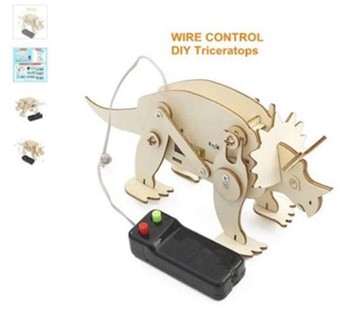
Fig. 2: Dinosaur kit with dangerous battery compartment
Source: European Commission, https://ec.europa.eu/safety-gate-alerts/screen/webReport/alertDetail/10011971, date: 2.05.2024, language: German

Fig. 3: Luminous sword with dangerous battery compartment
Source: European Commission, https://ec.europa.eu/safety-gate-alerts/screen/webReport/alertDetail/10012236, date: 2.05.2024, language: German
Another reason for complaints, sales bans and product recalls is the chemical risks posed by toys. A total of 22 products (41.5%) exhibited such chemical risks in April. In 5 children’s backpacks alone, the plastic material of the product had an excessive concentration of bis(2-ethylhexyl) phthalate (DEHP) (measured values of 12.3 to 23.2.1% by weight). This phthalate can harm children’s health and cause possible damage to their reproductive system.
The products all violated the REACH regulation

Fig. 4: Children’s backpack with phthalate DEHP
Source: European Commission, https://ec.europa.eu/safety-gate-alerts/screen/webReport/alertDetail/10012454, date: 2.05.2024, language: German
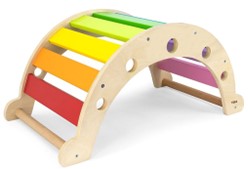
Fig. 5: Climbing arch and rocking chair with risk of entrapment
Source: European Commission, https://ec.europa.eu/safety-gate-alerts/screen/webReport/alertDetail/10012588, date: 2.05.2024, language: German
25 of the toys in question violated the RoHS Directive and posed an environmental risk. In one toy boat reported by the Polish authorities, the electronic components contained an excessive amount of lead and cadmium (measured values of up to 51.72% and 0.07% by weight respectively). Lead and cadmium pose a risk to the environment. The product must be withdrawn from the market and destroyed on the instructions of the authorities. In addition, consumers must be warned of the risks.
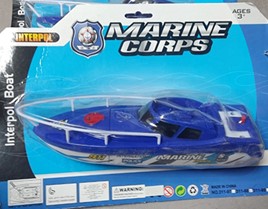
Fig. 6: Toy boat with RoHS violation
Source: European Commission, https://ec.europa.eu/safety-gate-alerts/screen/webReport/alertDetail/10012647, date: 2.05.2024, language: German
The market surveillance authorities from France and Poland also criticized risks of suffocation, strangulation and injury in musical instruments for children.
The toy instruments in a rattle set had detachable small parts or could easily break, resulting in further small parts. A small child could put them in their mouth and choke. In addition, the toy drum had a long string that should be placed around the neck. This cord can cause strangulation during various activities of a child
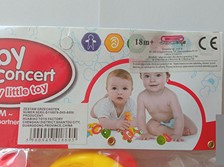
Fig. 7: Rattle set with choking and strangulation hazard
Source: European Commission, https://ec.europa.eu/safety-gate-alerts/screen/webReport/alertDetail/10012648, Date: 2.05.2024, Language: German
A wooden tambourine could easily break into small pieces. This could also cause a child to choke. In addition, the metal rod holding the jingles could come loose and injure a child.
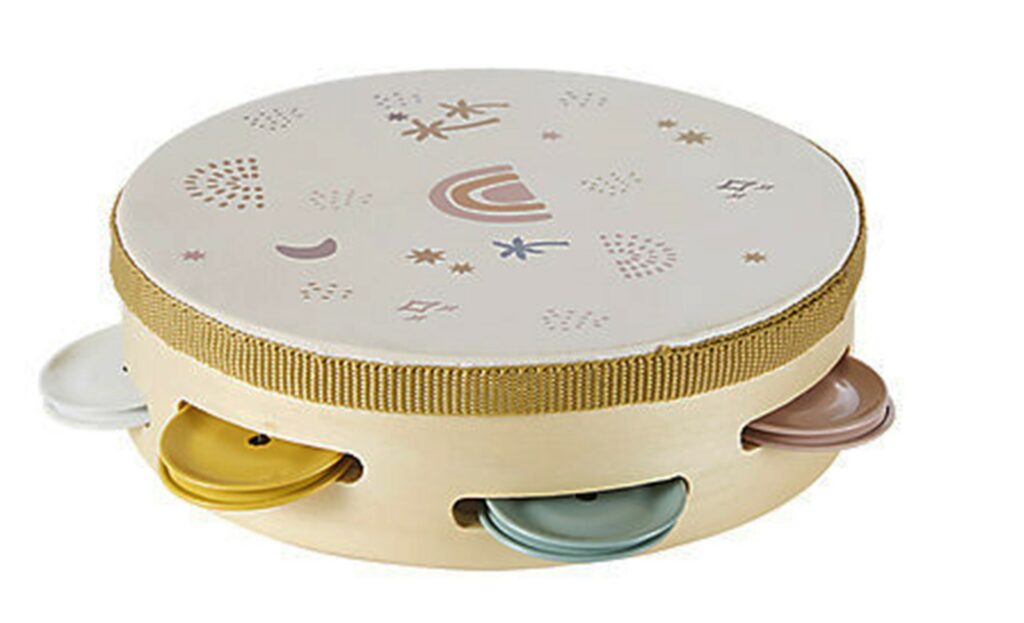
Fig. 8: Wooden tambourine with risk of suffocation and injury
Source: European Commission, https://ec.europa.eu/safety-gate-alerts/screen/webReport/alertDetail/10012648, date: 2.05.2024, language: German
While only a sales ban and withdrawal from the market was issued for the rattles, the tambourine must also be recalled from end users
As can be seen from these examples, toys in particular can pose numerous design, production or chemical risks that do not meet the various requirements and standards for children’s products. Alongside electrical products, products in the field of protective equipment and textiles, toys are therefore the absolute focus of the market surveillance authorities.
Do you also offer toys?
How sure are you that all electrical, mechanical and chemical risks of your products are fully considered?
Have you prepared a risk analysis for all your products, which you could make available to authorities on request?
Are all your suppliers familiar with the requirements of the Toy Safety Directive and the relevant harmonized European standards?
Do you have complete technical documentation for all your products, as required by the new Product Safety Regulation?
Do you have meaningful tests and documents from your suppliers regarding the chemical and electrical components of your products?
How well are you prepared for a product recall and do you have a product recall management system in place?
If you see a need for action here, we will be happy to assist you in identifying potential risks and avoiding additional costs due to dangerous products.
We support you in setting up a suitable risk management system and guide you through the conformity assessment process, including the preparation of technical documentation, risk analysis and EU declaration of conformity.
What do you need to do now? Book our free initial consultation now.
Save €249!!